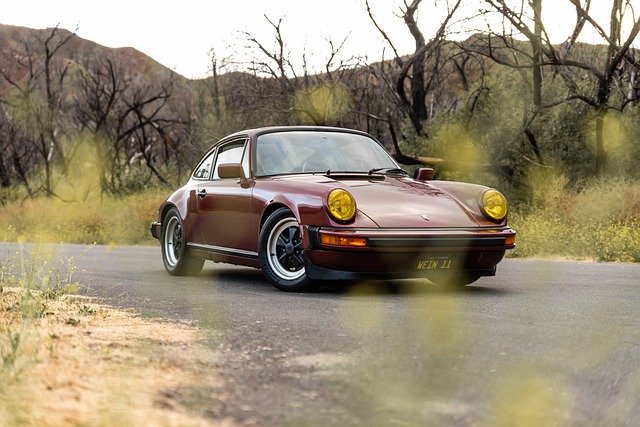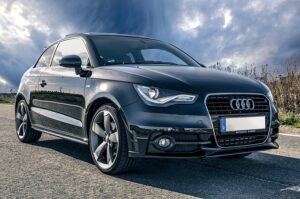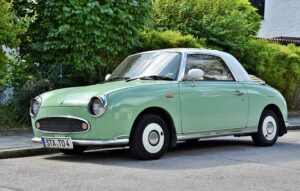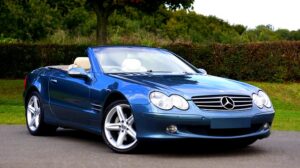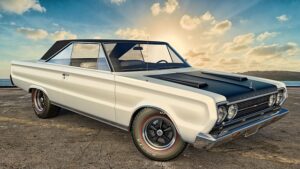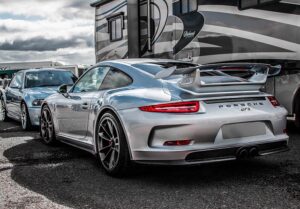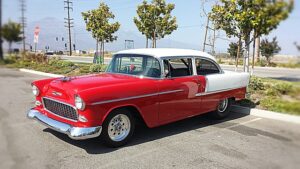Introduction
When it comes to choosing a car, two popular options that often come up are hatchbacks and SUVs. Both these vehicle types have their unique features and advantages, catering to different needs and preferences. In this article, we will delve into the differences between hatchbacks and SUVs, helping you understand their characteristics and make an informed decision.
Hatchbacks
Definition: A hatchback is a car body style that typically features a rear door that opens upwards, providing access to a cargo area that is integrated with the passenger compartment. The rear seats can be folded down to create more space for carrying larger items.
Size and Design: Hatchbacks are generally smaller in size compared to SUVs. They are compact and have a sloping roofline that extends to the rear, allowing for a more streamlined and sporty appearance. The compact size makes hatchbacks easier to maneuver in urban environments and park in tight spaces.
Space and Versatility: While hatchbacks may have limited cargo space compared to SUVs, they make up for it with their versatility. The rear seats can be folded down to create a larger and more flexible cargo area. This makes hatchbacks suitable for individuals or small families who occasionally need to transport larger items but primarily require a practical and efficient daily driver.
Fuel Efficiency: Hatchbacks are generally more fuel-efficient than SUVs due to their smaller size and lighter weight. This makes them an ideal choice for those who prioritize fuel economy and want to reduce their carbon footprint.
SUVs
Definition: SUV stands for Sports Utility Vehicle. SUVs are characterized by their larger size, higher ground clearance, and a more rugged appearance compared to hatchbacks. They are designed to provide a balance between off-road capability and on-road comfort.
Size and Design: SUVs are larger and taller than hatchbacks, offering more interior space and a higher seating position. They often feature a boxy design with a more upright roofline, providing ample headroom and a commanding view of the road. This design makes SUVs popular among those who prioritize a spacious and comfortable driving experience.
Off-Road Capability: SUVs are built to handle various terrains and weather conditions. Many SUVs come with all-wheel drive or four-wheel drive systems, allowing them to tackle off-road adventures or navigate through challenging road conditions. This makes SUVs a suitable choice for outdoor enthusiasts or those living in areas with harsh weather conditions.
Towing Capacity: SUVs generally have a higher towing capacity compared to hatchbacks. This makes them a preferred choice for individuals who need to tow trailers, boats, or other heavy loads.
Passenger Capacity: SUVs typically offer more seating capacity compared to hatchbacks. They often have three rows of seats, accommodating larger families or groups of people. The additional space also provides more legroom and comfort for passengers.
Conclusion
In summary, hatchbacks and SUVs are two distinct vehicle types that cater to different needs and preferences. Hatchbacks are compact, fuel-efficient, and offer versatility in terms of cargo space. They are suitable for individuals or small families who prioritize practicality and maneuverability. On the other hand, SUVs are larger, more spacious, and offer off-road capabilities. They are ideal for those who require more passenger and cargo space, as well as the ability to handle challenging road conditions. Ultimately, the choice between a hatchback and an SUV depends on your specific requirements and preferences.
References
– Car and Driver: www.caranddriver.com
– Kelley Blue Book: www.kbb.com
– Edmunds: www.edmunds.com

